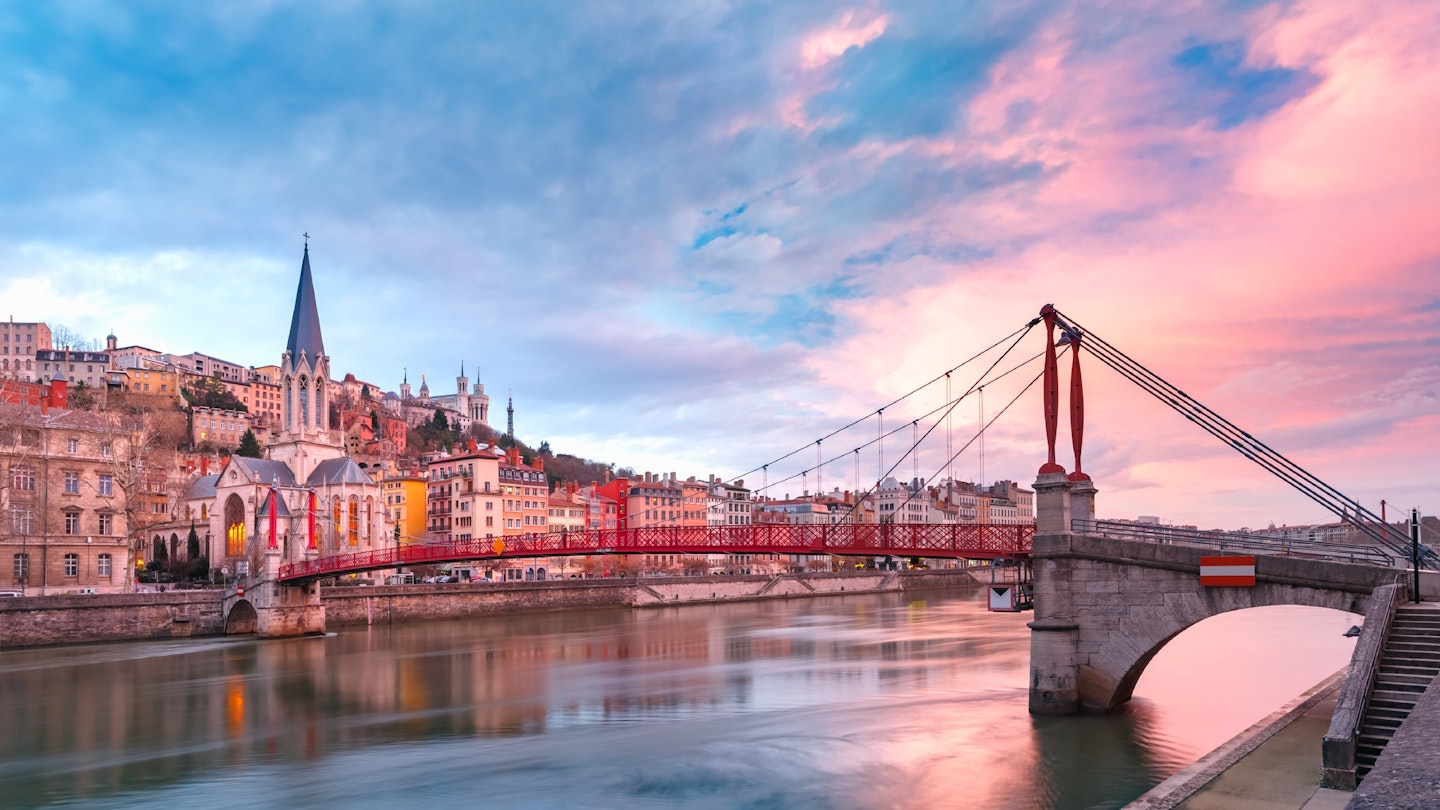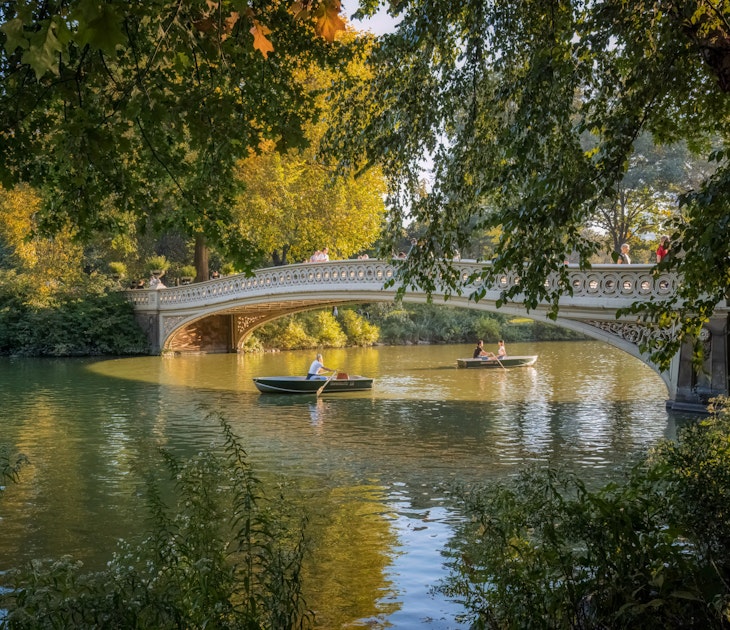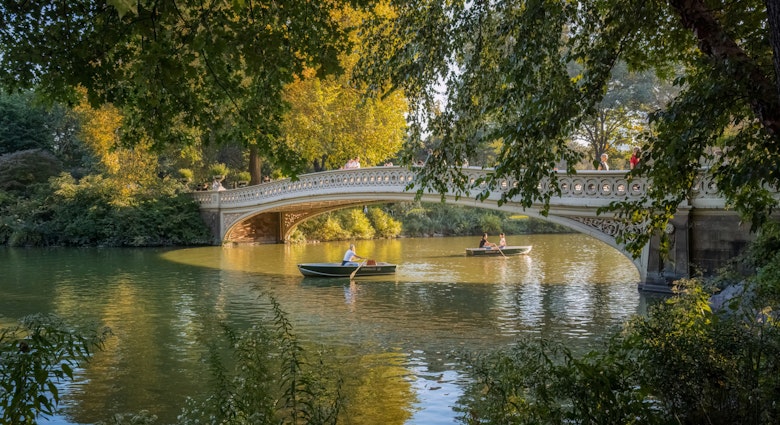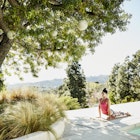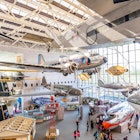Spending money on the wonderful food in France’s gastronomic capital is a given, but there are still plenty of ways to enjoy Lyon without breaking your wallet. Mysterious neighborhood passageways, stunning street art and 2000-year-old Roman ruins can be part of your adventure here, without spending a single euro.

Take in the views of the city at Fourvière
Meander slowly through the shaded, winding paths of the Parc des Hauters up to the ornate Basilique Notre Dame de Fourvière and admire the spectacular views across the city. On a clear day the jagged peaks of the Alps are visible in the distance.
Attend a summer concert at Théâtre Romain
Just a short walk from the basilica are the majestic ruins of the Roman Amphitheatre. Built in 15BC when Lyon was a small Roman outpost called Lugdunum, they’re free to walk around and admire. They also host the Nuits de Fourvière concert series every summer in one of the world’s more unique live music settings.
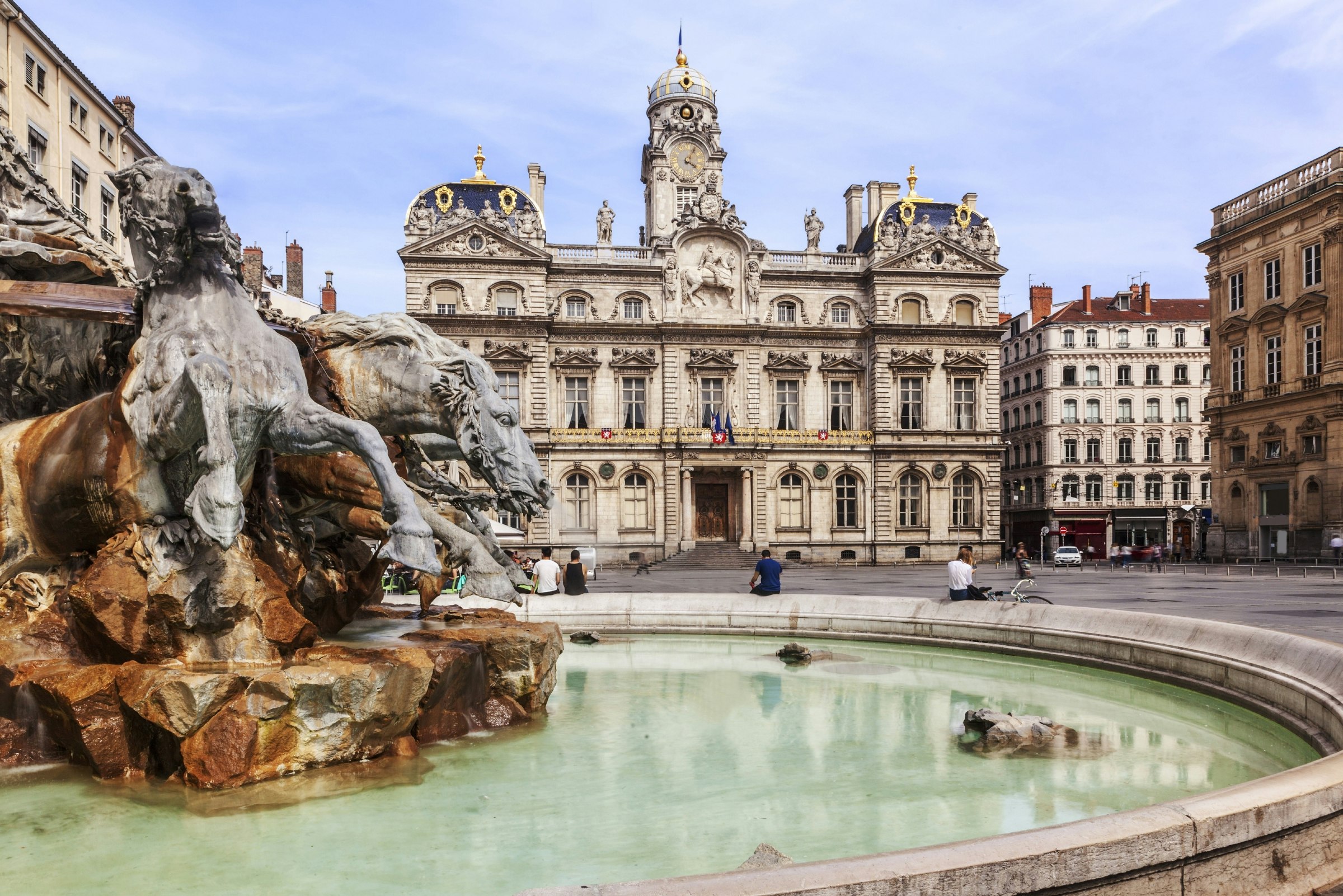
Relax a bit at Place des Terreaux
Place des Terreaux is an elegant square in the city center featuring the 17th-century Hôtel de Ville and the dramatic Fontaine Bartholdi. The lead fountain is the centerpiece of the square and was created by the sculptor Frédéric-Auguste Bartholdi, best known for designing the Statue of Liberty in New York.
Immerse yourself in color with street murals
With over 100 outdoor murals, Lyon is arguably the European capital of street art; many of them can be found in the quirky Croix-Rousse neighborhood. Standing out because of its size, ambition and beauty, La Fresque des Lyonnais is a colorful 800 square-meter tribute to 30 of Lyon’s most influential sons and daughters.
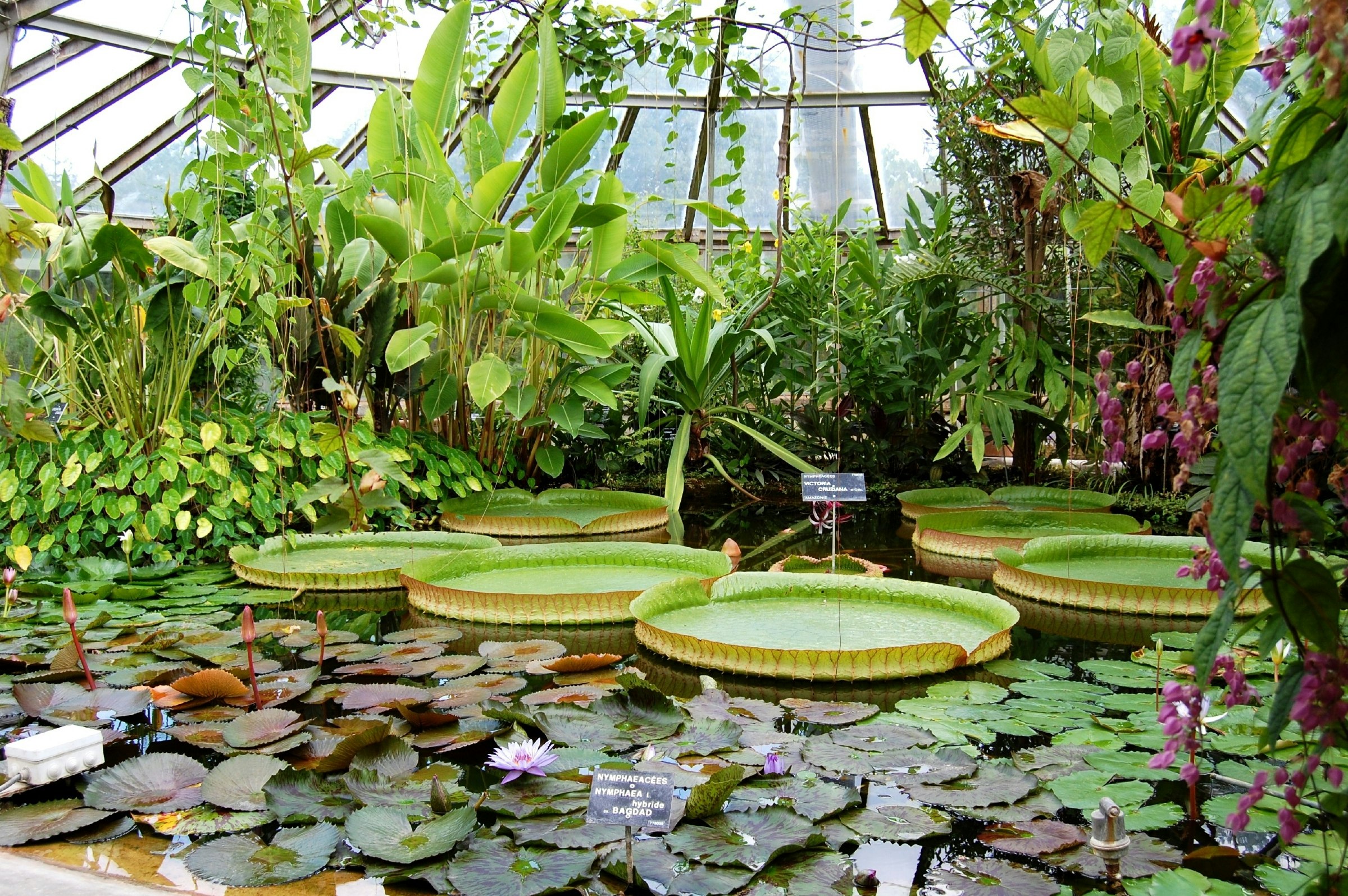
Mediate at Parc de la Tête d'Or
Just across the banks of the Rhône and away from the hum of the city, the vast Parc de la Tête d'Or is a 117-hectare oasis of calm. France’s largest urban park features a boating lake, botanical gardens and a free zoo containing almost 400 different animals across 64 different species.
Roam the outdoor markets
Get lost among colorful vegetables and intense aromas in one of Lyon’s many bustling outdoor markets. Featuring over 100 vendors and stretching for a kilometer down the Boulevard de la Croix-Rousse, the Marché de la Croix-Rousse is a classic French farmers' market (with a local feel, given its site just beyond the main tourist areas).

Explore the secret passageways called Les Traboules
The traboules are a maze of secret passageways used by the silk workers of Lyon in the 19th century to transport their goods from one place to another without being exposed to the elements. Found largely in the Vieux Lyon and Croix-Rousse neighborhoods, they now act as a historic curiosity for inquisitive explorers.
Have lunch in the courtyard at Musée des Beaux-Arts
While entry into the excellent Musée des Beaux-Arts comes with a ticket cost, its tranquil courtyard garden is free to enter. Bronze statues (including a Rodin) are dotted around this graceful space, which makes for a perfect lunchtime retreat during the peak summer period.
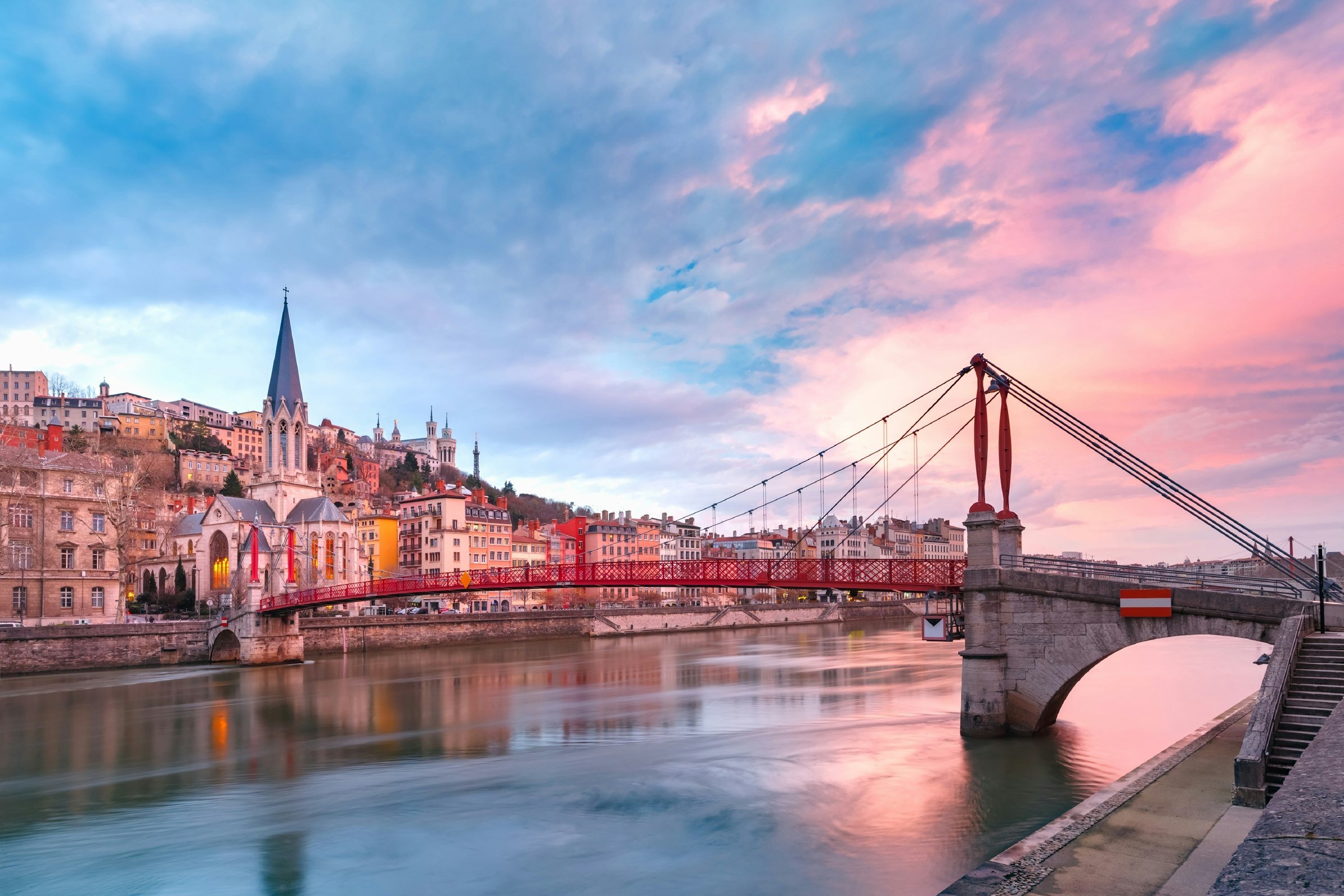
Roam the cobbled streets of Vieux-Lyon
A Unesco World Heritage Site for over 20 years, the cobbled streets and oddly-shaped medieval buildings of Vieux-Lyon (Old Lyon) make it an obvious tourist magnet. It’s an essential part of the city to visit, however; make sure you visit the gothic Cathédrale St-Jean-Baptiste, a Lyonnais icon for over 500 years.
Escape to the secluded island of Île Barbe
Escape the city at this secluded island around 6km north of Lyon. Île Barbe lies in the middle of the Saône River and is connected by a 19th-century suspension bridge. A monastery was founded there in the fifth century and a small abbey still exists today. Only half of the island is available for the public to visit, which adds to its mystique.
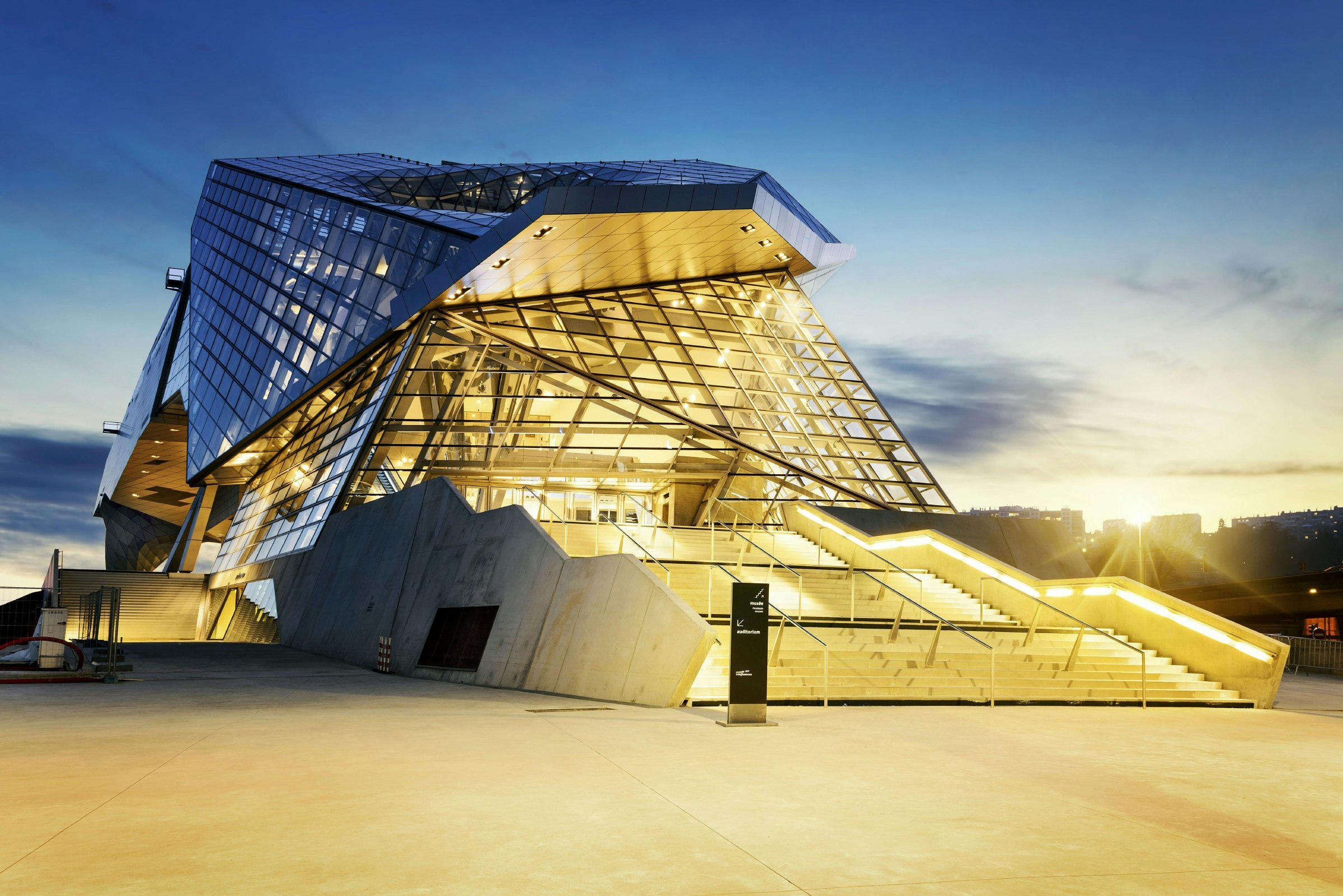
Admire the modern architecture at Confluence
When you’ve taken in enough of Lyon’s long history, head to the southern end of the Presqu'île where two rivers converge for a fascinating glimpse into Lyon’s future. Jaunty modern architecture, new offices, shops, restaurants and a multilevel exhibition space now occupy what was, until recently, something of an industrial wasteland.
Revel in the the quirky neighborhood Place Rouville
One of Lyon’s best and most unconventional viewpoints lies on the western fringes of the Croix-Rousse neighborhood. Crooked roofs and soaring spires follow the Saône around its bend as Fourvière rises majestically in the background. It’s generally a quiet spot which makes for a pleasant place to read, relax or spend time getting a perfectly composed photo.

Get festive at Fête des Lumières
For one weekend every December Lyon changes wildly in complexion during the evenings. The city’s streets, squares and parks are illuminated in a gaudy cocktail of bright neons and quirky art installations for the Fête des Lumières. Head to Place Bellecour to see its Ferris wheel turned into a giant projector screen.
Witness cinematic history at Institut Lumière
Often referred to as the first motion picture ever made, Workers Leaving The Lumière Factory in Lyon is a silent film made in 1895 by cinema pioneer Louis Lumière. Louis and his brother Auguste’s achievements are honoured today at Institut Lumière in the Monplaisir neighbourhood and outside the museum stands a glass projection displaying a frame from the film in the exact location where it was shot. Free to admire, it’s a striking window into social and cinematic history.
Get an education in history at Montluc Prison
Primarily used for detaining Jews and members of the French Resistance during the Nazi occupation of France, Montluc Prison represents a somber side to Lyon’s history. Here you can learn some of the stories of the estimated 10,000 men, women and children who would have passed through its doors. It’s free to visit during July and August and guided tours are available.
You might also like these
A first look inside Lyon's new Cité Internationale de la Gastronomie
Spending diary: what I spent in 24 hours in Lyon
Top 20 free things to do in Paris

